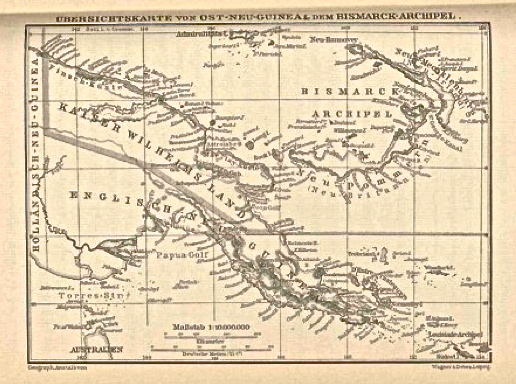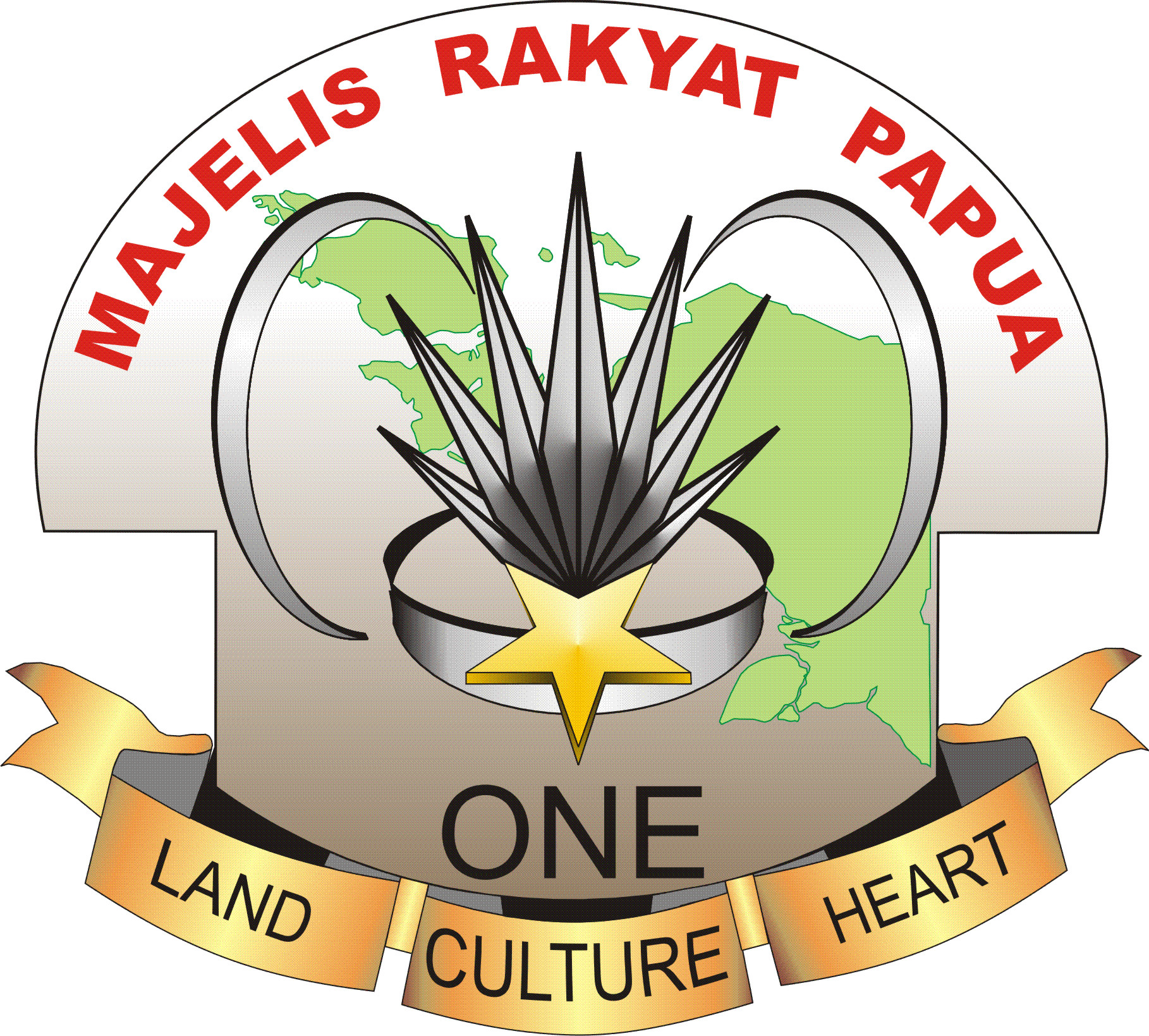|
Sepik River
The Sepik () is the longest river on the island of New Guinea, and the third largest in Oceania by discharge volume after the Fly River, Fly and Mamberamo River, Mamberamo. The majority of the river flows through the Papua New Guinea (PNG) provinces of Sandaun (formerly West Sepik) and East Sepik, with a small section flowing through the Indonesian province of Papua (Indonesian province), Papua. The Sepik has a large catchment area, and landforms that include swamplands, tropical rainforests and mountains. Biologically, the river system is often said to be possibly the largest uncontaminated freshwater wetland system in the Asia-Pacific region. But, in fact, numerous fish and plant species have been introduced into the Sepik since the mid-20th century. Name In 1884, Germany asserted control over the northeast quadrant of the island of New Guinea, which became part of the German colonial empire. The colony was initially managed by the Deutsche Neuguinea-Kompagnie or German New ... [...More Info...] [...Related Items...] OR: [Wikipedia] [Google] [Baidu] |
Ramu
The Ramu River is a major river in northern Papua New Guinea. The headwaters of the river are formed in the Kratke Range from where it then travels about northwest to the Bismarck Sea. Along the Ramu's course, it receives numerous tributaries from the Bismarck Range to the south and the Finisterre and Adelbert. History For many millennia, people have lived along the river, and the river has formed the basis for food, transport, and culture. German exploration The area encompassed by the Ramu was part of Kaiser-Wilhelmsland when Germany established German New Guinea in 1884. The Germans were quick to explore their territory, and the mouth of the Ramu was discovered in 1886 by Vice-Admiral Freiherr von Schleinitz after returning to Finschhafen from an expedition to the nearby Sepik.Souter (1963) p. 73 Schleinitz called the Ramu, ''Ottilien'' after his ship the ''Ottilie''. The course of the river was first discovered 10 years later in 1896 after Dr Carl Lauterbach, ... [...More Info...] [...Related Items...] OR: [Wikipedia] [Google] [Baidu] |
Fly River
The Fly River is the third longest river on the island of New Guinea, after the Sepik and Mamberamo, with a total length of . It is the largest by volume of discharge in Oceania, the largest in the world without a single dam in its catchment, and overall the 20th-largest primary river in the world by discharge volume. It is located in the southwest of Papua New Guinea and in the South Papua province of Indonesia. It rises in the Victor Emanuel Range arm of the Star Mountains, and crosses the south-western lowlands before flowing into the Gulf of Papua in a large delta. The Fly–Strickland River system has a total length of , making it the longest river system of an island in the world. The Strickland is the longest and largest tributary of Fly River, making it the farthest distance source of the Fly River. Description The Fly flows mostly through the Western Province of Papua New Guinea and for a small stretch, it forms the international boundary with Indonesia's weste ... [...More Info...] [...Related Items...] OR: [Wikipedia] [Google] [Baidu] |
Iatmul People
The Iatmul are a large ethnic group of about 10,000 people inhabiting some two-dozen politically autonomous villages along the middle Sepik River in Papua New Guinea. The communities are roughly grouped according to dialect of the Iatmul language as well as sociocultural affinities. The Iatmul are best known for their art, men's houses, male initiation, elaborate totemic systems, and a famous ritual called ''naven'', first studied by Gregory Bateson in the 1930s. More recently, Iatmul are known as a location for tourists and adventure travellers, and a prominent role in the 1988 documentary film '' Cannibal Tours''. File:Ancestor figure with skull, Papua New Guinea, Middle Sepik, Iatmul people, wood, skull, shells and human hair, HAA.jpg, Ancestor Iatmul figure with skull History In Iatmul legend, the original condition of the world was a primal sea. A wind stirred waves, and land surfaced. A large pit opened, and from it emerged the first generation of ancestral spiri ... [...More Info...] [...Related Items...] OR: [Wikipedia] [Google] [Baidu] |
Augusta Of Saxe-Weimar
Augusta of Saxe-Weimar-Eisenach (Born ''Princess'' ''Maria Luise Augusta Katharina of Saxe-Weimar-Eisenach''; 30 September 1811 – 7 January 1890), was Queen of Prussia and the first German Empress as the wife of William I, German Emperor. A member of the Grand Ducal House of Saxe-Weimar-Eisenach and closely related to the Russian Imperial House of Romanov through her mother Grand Duchess Maria Pavlovna, in June 1829, Augusta married Prince William of Prussia. The marriage was tense; Wilhelm actually wanted to marry his cousin, Elisa Radziwiłł, who was judged to be unsuitable by the Prussian court, and the political views and intellectual interests of the two spouses were also far apart. Despite personal differences, Augusta and William often worked together to handle correspondence and social gatherings at court. In 1831 and 1838, they had two children, Frederick William and Louise. After the death of her father-in-law King Frederick William III of Prussia in 1840, Augu ... [...More Info...] [...Related Items...] OR: [Wikipedia] [Google] [Baidu] |
Otto Finsch
Friedrich Hermann Otto Finsch (8 August 1839, Warmbrunn – 31 January 1917, Braunschweig) was a German ethnographer, natural history, naturalist and colonial explorer. He is known for a two-volume monograph on the parrots of the world which earned him a doctorate. He also wrote on the people of New Guinea and was involved in plans for German colonization in Southeast Asia. Several species of bird (such as ''Oenanthe finschii'', ''Iole finschii'', ''Psittacula finschii'') are named after him as also the town of Finschhafen in Morobe Province, Papua New Guinea and a crater on the Moon. Biography Finsch was born at Cieplice Śląskie-Zdrój, Bad Warmbrunn in Silesia to Mortiz Finsch and Mathilde née Leder. His father was in the glass trade and he too trained as a glass painter. An interest in birds led him to use his artistic skills for the purpose. Finsch went to Budapest in 1857 and studied at the Eötvös Loránd University, Royal Hungarian University, earning money by preparing ... [...More Info...] [...Related Items...] OR: [Wikipedia] [Google] [Baidu] |
Kaiser-Wilhelmsland
Kaiser-Wilhelmsland ("Emperor William's Land") formed part of German New Guinea (), the South Pacific protectorate of the German Empire. Named in honour of Wilhelm I, who reigned as German Emperor () from 1871 to 1888, it included the northern part of present-day Papua New Guinea. From 1884 until 1920 the territory was a protectorate () of the German Empire. Kaiser-Wilhelmsland, the Bismarck Archipelago (including New Mecklenburg and New Pomerania), the northern Solomon Islands, the Caroline Islands, Palau, Nauru, the Northern Mariana Islands, and the Marshall Islands comprised German New Guinea. Most of the German settlers in Kaiser-Wilhelmsland worked as plantation owners, miners, or government functionaries; the number of European settlers, including non-Germans, was never very high. In 1885, Lutheran and Catholic congregations sent clergy to establish missions; they experienced moderate, but very slow, success with the indigenous peoples. Missionaries and plantation owne ... [...More Info...] [...Related Items...] OR: [Wikipedia] [Google] [Baidu] |
German New Guinea Company
The German New Guinea Company () was a German Chartered Company which exploited insular territory in and near present Papua New Guinea. History In the 1870s and 1880s German commercial firms began to site trading stations in New Guinea. Agents of J.C. Godeffroy & Sohn reached the Bismarck Archipelago from the Caroline Islands in 1872. In 1875, Hersheim & Company moved to the Archipelago. In 1884, the New Guinea Company was founded in Berlin by Adolph von Hansemann and a syndicate of German bankers for the purpose of colonizing and exploiting resources on ''Neuguinea'' (German New Guinea), where German interest grew after British Queensland's annexation of part of eastern New Guinea. This expedition was with the knowledge and blessing of the German Chancellor, Count Otto von Bismarck, and with secrecy and speed an expedition was fitted out under Dr Otto Finsch, ornithologist and explorer. His task was to select land for plantation development on the north-east coast of New ... [...More Info...] [...Related Items...] OR: [Wikipedia] [Google] [Baidu] |
German Colonial Empire
The German colonial empire () constituted the overseas colonies, dependencies, and territories of the German Empire. Unified in 1871, the chancellor of this time period was Otto von Bismarck. Short-lived attempts at colonization by Kleinstaaterei, individual German states had occurred in preceding centuries, but Bismarck resisted pressure to construct a colonial empire until the Scramble for Africa in 1884. Claiming much of the remaining uncolonized areas of Africa, Germany built the third-largest colonial empire at the time, after the British Empire, British and Second French colonial empire, French. The German colonial empire encompassed parts of Africa and Oceania. Germany lost control of most of its colonial empire at the beginning of the World War I, First World War in 1914, but some German forces held out in German East Africa until the end of the war. After the Armistice of 11 November 1918, German defeat in World , Germany's colonial empire was officially confiscated ... [...More Info...] [...Related Items...] OR: [Wikipedia] [Google] [Baidu] |
Tropical Rainforest
Tropical rainforests are dense and warm rainforests with high rainfall typically found between 10° north and south of the Equator. They are a subset of the tropical forest biome that occurs roughly within the 28° latitudes (in the torrid zone between the Tropic of Cancer and Tropic of Capricorn). Tropical rainforests are a type of tropical moist broadleaf forest, that includes the more extensive seasonal tropical forests. True rainforests usually occur in tropical rainforest climates where no dry season occurs; all months have an average precipitation of at least . Seasonal tropical forests with tropical monsoon climate, tropical monsoon or tropical savanna climate, savanna climates are sometimes included in the broader definition. Tropical rainforests ecosystems are distinguished by their consistent, high temperatures, exceeding monthly, and substantial annual rainfall. The abundant rainfall results in nutrient-poor, leached soils, which profoundly affect the flora and fau ... [...More Info...] [...Related Items...] OR: [Wikipedia] [Google] [Baidu] |
Papua (Indonesian Province)
Papua is a provinces of Indonesia, province of Indonesia, comprising the northern coast of Western New Guinea together with island groups in Cenderawasih Bay to the west. It roughly follows the borders of the Papuan customary region of Tabi Saireri, and is divided into eight regency (Indonesia), regencies () and one city (''kota''), the latter being the provincial capital of Jayapura. It is bordered by the nation of Papua New Guinea to the east, the Pacific Ocean to the north, Cenderawasih Bay to the west, and the provinces of Central Papua and Highland Papua to the south. The province also shares Maritime boundary, maritime boundaries with Palau in the Pacific. Papua, along with the five other Western New Guinea#Administration, Papuan provinces, has a higher degree of autonomy level compared to other Provinces of Indonesia, Indonesian provinces. Before 2003, the province (known as Irian Barat from 1962 to 1973 and Irian Jaya from 1973 to 2002) covered the entirety of Western N ... [...More Info...] [...Related Items...] OR: [Wikipedia] [Google] [Baidu] |








